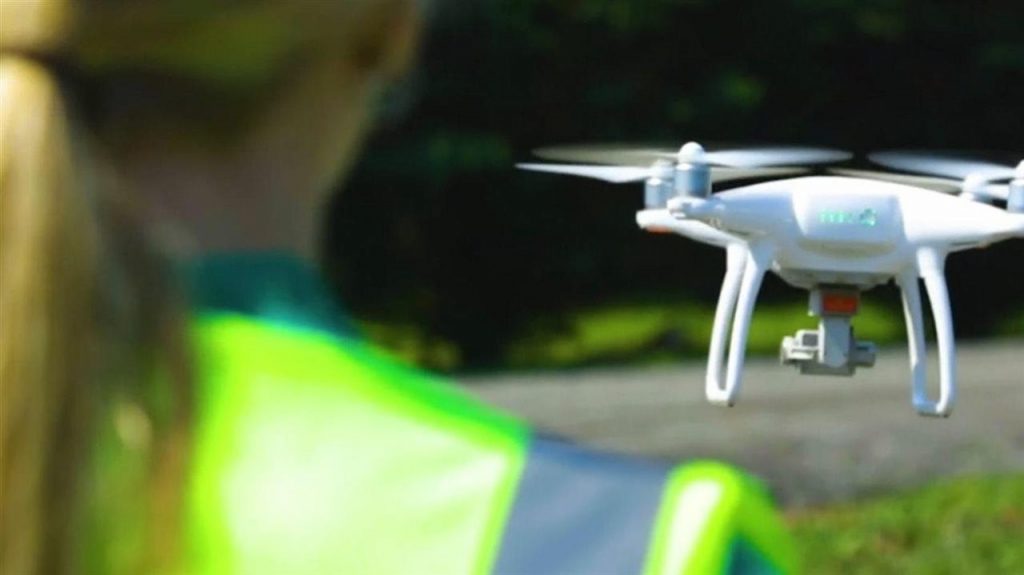

(BPT) – Planning your next career move? Job seekers may think they have explored every possible option after attending job seminars or visiting career counselors, but the landscape industry is an often-overlooked field that’s full of diverse opportunities from entry level to management positions.
According to the National Association of Landscape Professionals (NALP), the landscape industry needs to fill 300,000 positions this year, and now is peak hiring season. While you might have a preconceived notion of what landscape professionals do, consider that the NALP represents an industry employing nearly 1 million people in positions as diverse as landscape designers, architects, project managers, management and sales executives, arborists, agronomists, hardscape installers and more. While some careers in the field require a college degree, there are many that offer on-the-job training or apprenticeships to help job seekers launch a career. The industry also welcomes aspiring entrepreneurs and business owners that dream of owning their own company and helping others launch their careers one day.
An interest in the outdoors is certainly a plus, but a wide array of skills and professional roles are needed to design, build and maintain healthy green spaces in communities across the country. For example, professionals looking for meaningful careers in creative design, management, finance and technology are encouraged to explore the landscape industry.
Machinery and Technology
For those interested in computers or the latest technology, the landscape industry provides an opportunity to utilize the latest tech and equipment to streamline the work and be environmentally efficient. Landscape professionals routinely use cutting-edge tools, including electronic imaging and GPS tracking, whereas arborists rely on sonograms to assess the health of trees. Innovative technology and digital programs are used in many behind-the-scenes functions of landscape projects. Drones are employed to save time and get a project overview, and robotic mowers help crews complete projects more efficiently. Irrigation specialists use programmable systems to conserve water, and landscape designers employ sophisticated computer programs to provide clients with realistic renderings of their outdoor space. On the management side, technology is essential for project managers and estimators to coordinate important tasks and track finances so operations run smoothly.
Environment and Outdoors
If you want to spend more time outdoors, there are a variety of positions in the field that include designing, creating, installing and maintaining healthy, outdoor spaces for commercial and residential clients. Entry-level positions include lawn care technicians, irrigation installers and service technicians. Each role allows you to be outside, helping the environment, by caring for plants, trees and grasses. If you don’t have a green thumb but want to be outdoors, landscape teams also need professionals to install hardscapes and operate machinery.
Communication and Management
If you have good people skills, the landscape industry offers many opportunities to interact with, assist and manage teams. Entry-level positions can include customer service at a landscape company, nursery or greenhouse. Crew leaders or foremen are also needed to supervise teams completing projects in the field. Managers, account executives and business developers are also in demand to help direct projects, attract sales leads, manage purchasing decisions and grow the business.
Science and Math
Those interested in science may consider exploring a degree in a field such as agronomy (soil science), horticulture, irrigation technology and arboriculture. Professionals in these areas of the landscape industry spend time in a lab, as well as in the field, depending on the position. Studying how plants grow and thrive is an integral part of the landscape profession. If you’re more of a numbers person, estimators are needed to calculate material costs and markups for projects. Businesses in the landscape industry also need accountants and bookkeepers.
Creativity and Innovation
The landscape industry taps the creative minds of licensed landscape architects and designers to envision the possibilities for beautifying outdoor environments. Interiorscape professionals are responsible for bringing plants and greenery indoors, adding beauty and clean air to commercial and residential locations. Landscape architects and designers create beautiful outdoor spaces in varying environments with the clients’ vision in mind. All of these positions – and more – provide rewarding jobs with competitive compensation and opportunities for advancement, while making a difference for families, communities and the environment.
To explore career possibilities in the landscape industry, visit LandscapeIndustryCareers.org or apply for openings in your area at Jobs.LandscapeIndustryCareers.org.



